#The Ancient Wall
Explore tagged Tumblr posts
Text
youtube
Earlier this year, Oakland, California indie label Psychic Eye Records released a compilation album of various international goth, shoegaze, and other alternative genred acts entitled The Ancient Wall, with all proceeds of sales supporting non-profits the Middle Eastern Children's Alliance and Rogers & Rosewater.
#gothgoth#shoegaze#darkwave#deathrock#alternative#Psychic Eye Records#The Ancient Wall#2024#Middle Eastern Children's Alliance#Rogers and Rosewater#Free Palestine#Ceasefire Now#Free Gaza#Punks for Palestine#Goths for Gaza#Goths for Palestine#gothtube#gothblr#gothtuber#compilation album#Youtube
28 notes
·
View notes
Text
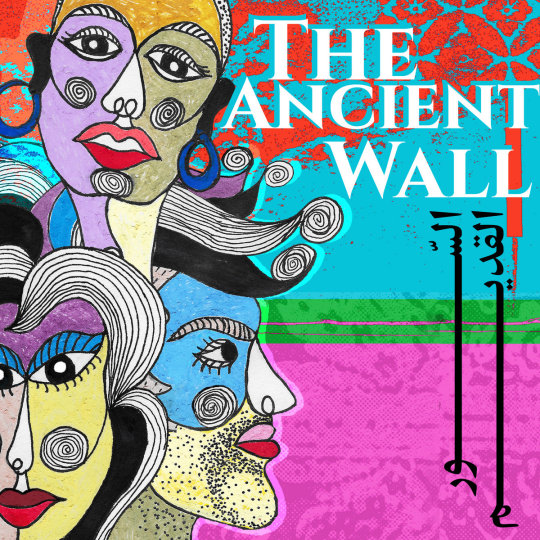
Psychic Eye just released a pre-order of their upcoming forty-song compilation album The Ancient Wall, featuring goth, shoegaze, synthwave, and other adjacent genres. Several of the bands featured have been mentioned on this page before. The proceeds will be split between helping the children of Gaza and an Oakland-based organization to feed the local homeless that is organized by Middle Eastern Children's Alliance.
Bandcamp Link
#Psychic Eye Records#The Ancient Wall#post punk#gothgoth#shoegaze#synthpop#synthwave#new wave#goth#nu goth#darkwave#deathrock#can I say what this is intended to help without this post getting censored?#psychic eye#bay area#Oakland California#upcoming album#pre order#February 2024#February 2 2024
35 notes
·
View notes
Text
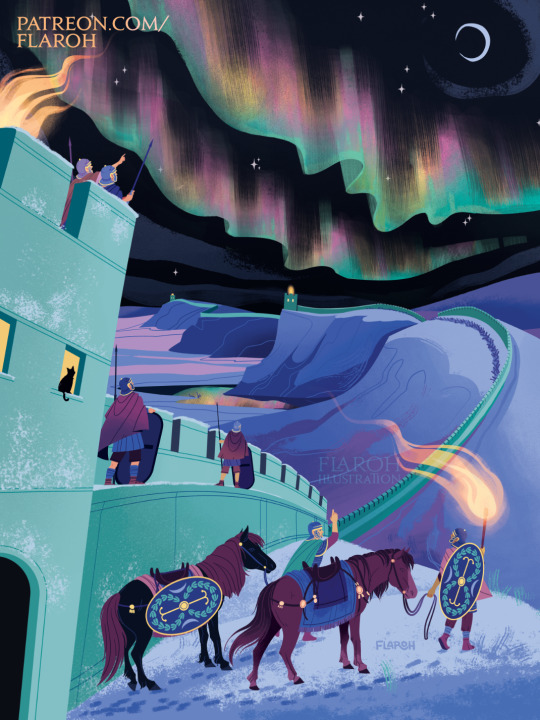
Lights Over Hadrians Wall✨🌌🏛️
December’s illustration is of the Northern Lights (aurora borealis) appearing over soldiers stationed on Hadrian’s Wall. It’s a snowy scene overlooking a vast stretch of the structure, with everyone (including animals) gazing up at the lights as they stand guard or, in the case of the auxiliary cavalry, embark on their patrols.
The past 12 months the aurora borealis been appearing frequently in Hadrians Wall country, which inspired this illustration. Also I’m calling this piece a spinoff of my Saturnalia in Hadrians Wall series, as it’s “same universe” but an anonymous cast of soldiers this time round🏛️
#tagamemnon#flaroh illustration#illustration#roman britain#ancient rome#hadrians wall#northern lights#aurora borealis
603 notes
·
View notes
Text
yk what I love? that the first text we have written by a woman in England was a Roman woman inviting her best friend to her birthday
#the first words written by a woman were ones of love#she called her 'my dearest soul'#i just love women#so much#roman empire#vindolanda#hadrians wall#ancient history#history#archaeology#art history
4K notes
·
View notes
Text

How Hadrian’s Wall is Revealing a Hidden Side of Roman History
A party invitation. A broken flipflop. A wig. Letters of complaint about road conditions, and an urgent request for more beer.
It sounds like the aftermath of a successful spring break, but these items are nearly 2,000 years old.
They’re just some of the finds from Hadrian’s Wall – the 73-mile stone wall built as the northwestern boundary of the Roman Empire, sealing off Britannia (modern-day England and Wales) from Caledonia (essentially today’s Scotland).
While most of us think of Pompeii and Herculaneum if we’re thinking of everyday objects preserved from ancient Rome, this outpost in the wild north of the empire is home to some of the most extraordinary finds.
“It’s a very dramatic stamp on the countryside – there’s nothing more redolent of saying you’re entering the Roman empire than seeing that structure,” says Richard Abdy, lead curator of the British Museum’s current exhibition, Legion, which spotlights the everyday life of Roman soldiers, showcasing many finds from Hadrian’s Wall in the process. A tenth of the Roman army was based in Britain, and that makes the wall a great source of military material, he says.
But it’s not all about the soldiers, as excavations are showing.
A multicultural melting pot
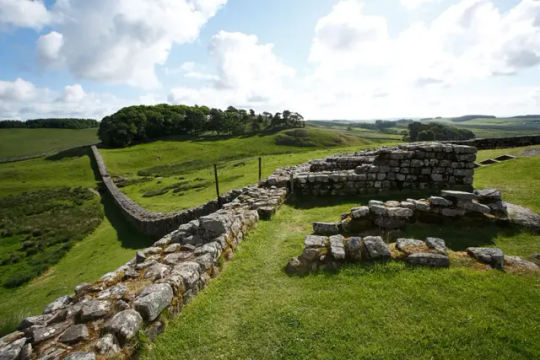
Hadrian, who ordered the wall to be built in 122CE after a visit to Britannia, had a different vision of empire than his predecessors, says Frances McIntosh, curator for English Heritage’s 34 sites along Hadrian’s Wall.
“All the emperors before him were about expanding the empire, but Hadrian was known as the consolidator,” she says. He relinquished some of the territory acquired by his predecessor Trajan, and “decided to set the borders” – literally, in some cases, with wooden poles at sites in Germany, or with stone in Britannia. Where those poles rotted thousands of years ago, the wall is still standing: “A great visual reminder” of the Roman empire, says McIntosh.
It’s not just a wall. There’s a castle every mile along, and turrets at every third-of-a-mile point, with ditches and banks both north and south. “You can imagine the kind of impact that would have had, not just on the landscape but on the people living in the area,” says McIntosh.
And thanks to the finds from the wall, we know a surprising amount about those people.
Although historians have long thought of army outposts as remote, male-dominant places, the excavations along the wall show that’s not the case. Not only were soldiers accompanied by their families, but civilians would settle around the settlements to do business. “ You can almost see Housesteads as a garrison town,” says McIntosh. “There were places you could go for a drink and so on.”
The Roman rule of thumb was not to post soldiers in the place they came from, because of the risk of rebellion. That meant Hadrian’s Wall was a cultural melting point, with cohorts from modern-day Netherlands, Spain, Romania, Algeria, Iraq, Syria – and more. “It was possibly more multicultural because it was a focus point,” says McIntosh, who says that the surrounding community might have included traders from across the empire.
Soldiers were split into two groups. Legionaries were Roman citizens from Italy, who had more rights than other soldiers and imported olive oil, wine and garum (a sauce made from decomposing fish).
They worked alongside auxiliaries – soldiers from conquered provinces, who had fewer rights, but could usually acquire citizenship after 25 years of service.
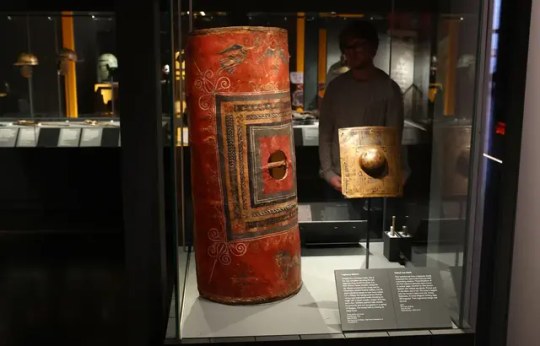
Soldiers carved their names and regiments on stones to show which part of the wall they built – around 50 of them are on display at Chesters fort.
But the wall shows that women and children were equally present.
McIntosh says that pottery brought to the camps – from the Low Countries and North Africa – shows that the soldiers “brought their families, who cooked in traditional style.” Archaeologists have found what seems to be an ancient tagine for North African-style cooking.
A tombstone from Arbeia fort for a woman named Regina shows she was a freed slave from southern Britain who was bought by – and married to – a Syrian soldier.
Another woman buried at Birdoswald fort was laid to rest with chainmail that appears to be from modern-day Poland. “Perhaps she married someone in the army,” says McIntosh, who calls the wall a “melting pot of people from all over the world under the banner of the army.”
“They brought their own religions, as well as worshipping Roman gods and adopting local deities,” she adds. At Carrawburgh, a temple to Mithras – an originally Persian deity – sat near a spring with a shrine to a local water spirit.
‘Wretched little Brits’

Some of the most extraordinary finds from the Roman empire are coming from one site on Hadrian’s Wall: Vindolanda. Here, archaeologists have found a wealth of organic remains because of what curator Barbara Birley calls the “unusual conditions onsite.”
At Vindolanda there are the remains of at least nine forts over 14 levels. “When the Romans would leave, they would knock down timber forts, and cover the area with turf and clay, sealing the layers underneath,” she says.
“Because it happened so many times, the bottom five or six layers are sealed in anaerobic conditions, so things don’t decay. When we get down there, we get wooden objects, textiles, anything organic.”
Vindolanda has the largest collection of Roman textiles from a single site in western Europe, as well as the largest leather collection of any site in the Roman empire – including 5,000 shoes, and even a broken leather flip-flop. “We probably had a population of 3,000 to 6,000 depending on the period, so 5,000 is a lot,” says Birley. For Abdy, the shoes evoke the conditions of the wet borderlands. “Women’s and children’s shoes are hobnailed – you needed it in the mucky frontier dirt tracks. They’re very evocative.”
There’s even a wig made from a local plant, hair moss, which is said to repel midges – the scourge of Scotland during the summer. A centurion’s helmet is also crested with hairmoss – the ancient equivalent of spraying yourself with insect repellent.
The first woman to write in Latin
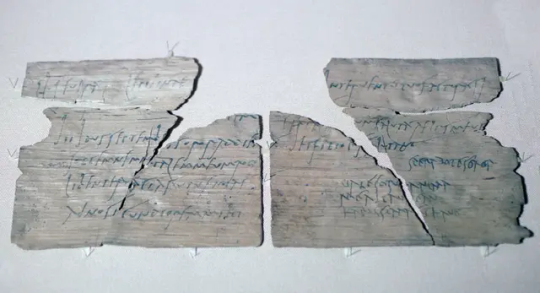
One of the most famous finds is the trove of wooden writing tablets – the largest found anywhere.
“They give a snapshot of what life was actually like,” says Birley. “We understand so much more from written correspondence than from ‘stuff,’ and, archaeologically, it’s the stuff that usually survives – things like metals and ceramics.
“These were written in ink, not on a wax stylus tablet, and we believe they were used for what we’d put in emails: ‘The roads are awful,’ ‘The soldiers need more beer.’ Everyday business.”
The tablets – or “personal letters” as Birley describes them – were found on the site of a bonfire when the ninth cohort of Batavians (in the modern-day Netherlands) were told to move on.
“They had a huge bonfire and lots of letters were chucked in the fire. Some have been singed – we think it may have rained,” she says. One of them calls the locals “Britunculi” – “wretched little Brits.” Another talks about an outbreak of pinkeye. One claims that the roads are too bad to send wagons; another laments that the soldiers have run out of beer.

Among the 1,700 letters are 20 that mention a woman called Sulpicia Lepidina. She was the wife of the commander of the garrison, and seems to have played a crucial role. There’s a letter to her from another woman, Paterna, agreeing to send her two medicines, one a fever cure.
Birley says it’s similar to today. “If you’re a group of moms, still today we say, ‘Do you have the Calpol?’ It’s very human.” For Abdy, it’s a sign that women were traders. “She’s clearly flogging her medicines,” he says. “It’s really great stuff.”
Another tablet is an invite from Claudia Severa, the wife of another commander at a nearby camp. It’s an invitation to a birthday party. Under the formal invitation, presumably written by a scribe, is a scrawl in another hand: “I shall expect you, sister. Farewell, sister, my dearest soul.”
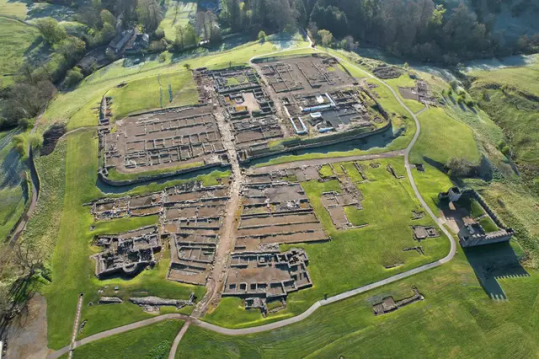
Presumably written by Claudia herself, it is thought to be the earliest example of a woman’s handwriting in Latin.
Without the organic finds – the shoes and the letters that indisputably belonged to women, unlike jewellery or weaving equipment – it’s difficult to prove conclusively that women lived in significant numbers. Vindolanda “illustrate the missing gaps,” says Abdy. For Birley, they prove that women were as crucial a part of army communities as men. “Before the Lepidina tablets were found we didn’t really understand the interactions between the soldiers and their wives,” she says. Another tablet is written by what is thought to be a Spanish standard-bearer’s common-law wife, ordering military equipment for her partner.
“The Vindolanda collection is showing that there weren’t just camp followers and prostitutes; women were part of everyday life, and contributing to the military community in many ways,” says Birley.
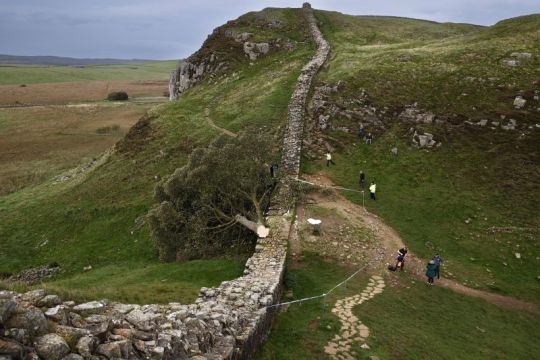

Abdy says that Hadrian’s Wall is interesting because the resident women span “all classes of society,” from Regina – the dead freedwoman, who would have been “bottom of the heap” – to the trader Paterna and the noblewoman Lepidina.
And of course, there’s the wall itself.
“In the Netherlands and Germany the finds are often stunning and better preserved – you go to museums and are bowled over. But in terms of structural remains, Hadrian’s Wall must be among the best,” says McIntosh, modestly, of her site.
Abdy agrees: “I can’t think of many symbols so redolent of imperial will than that wall.”
By Julia Buckley.
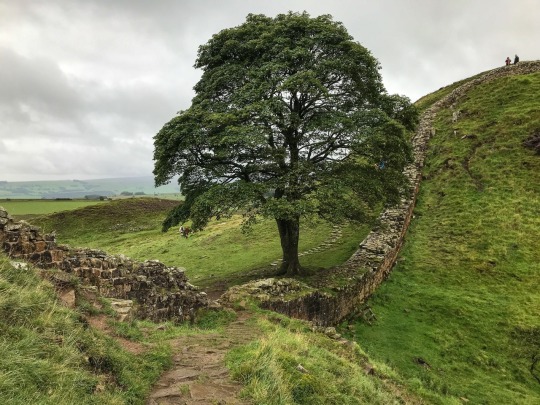
#How Hadrian’s Wall is Revealing a Hidden Side of Roman History#Hadrian’s Wall#emperor hadrian#northwestern boundary of the Roman Empire#Britannia#Caledonia#roman legions#ancient artifacts#archeology#archeolgst#history#history news#ancient history#ancient culture#ancient civilizations#roman history#roman empire#long post#long reads
911 notes
·
View notes
Text

A fresco of a young girl
First century A. D.
Villa San Marco, Stabiae
Image Taken From https://archive.nytimes.com/www.nytimes.com/slideshow/2009/07/23/arts/0725-conw_4.html and Foto Archivio N. Longobardi
502 notes
·
View notes
Text

Roman Gaming Board Fragment and Counters, Hunterian Museum, Glasgow, Scotland
#romans#roman empire#roman design#roman culture#roman soldiers#roman army#ancient crafts#ancient cultures#ancient living#Glasgow#antonine wall#archaeology#Scotland
174 notes
·
View notes
Text
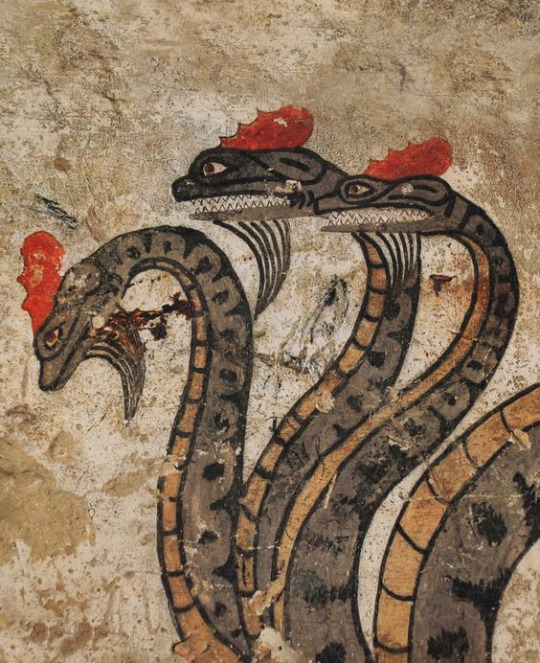
Three-headed dragon of the underworld, from the Etruscan Tomb of the Infernal Chariot in Sarteano. The colours on this are stunning.
#ancient history#ancient culture#etruscan history#etruscans#etruscan civilization#etruria#wall painting
1K notes
·
View notes
Text

happy birthday chise
#mad artz#the ancient magus bride#ancient magus bride#mahoutsukai no yome#chise hatori#im not tagging all her friends sorry#anyway.... they spelled it the hard way :')#i think about chises friends being supportive and interested in her and explode into a million billion bloody pieces all over the walls#remember how i said dont follow this blog for tamb fanart? well. i guess you could. but be aware we post furry ocs here sir.
356 notes
·
View notes
Text

MASS EFFECT (2007-2012)
#Wanted to design a Mass Effect poster in 24x36 to replace the stretched ancient one on my wall + had femshep#mass effect#commander shepard#femshep#fanart#garrus vakarian#liara t'soni#tali zorah#urdnot wrex#normandy
170 notes
·
View notes
Text

The Great Wall of China
#pixel art#artists on tumblr#pixel#pixelart#pixel aesthetics#8bit#pixel graphics#aseprite#pixel illustration#my art#ancient civilizations#ancient history#ancient wonders#sid meier's civilization#world wonder#chinese architecture#chinese history#great wall of china
169 notes
·
View notes
Text
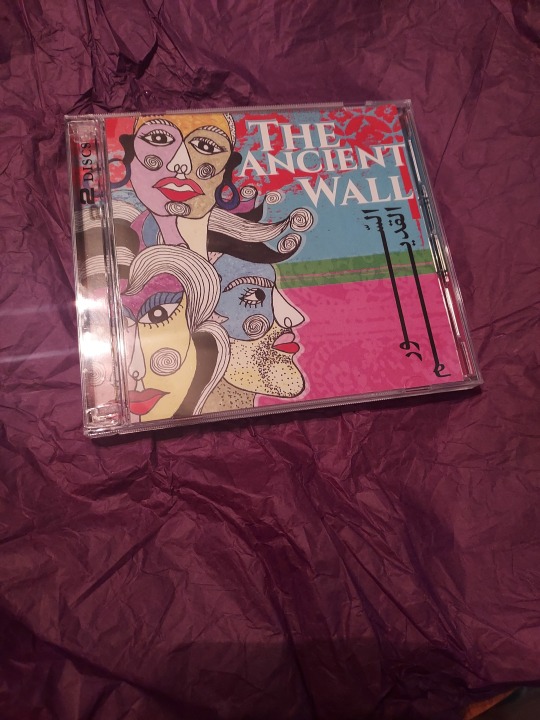
My copy of The Ancient Wall arrived! https://psychiceye.bandcamp.com/album/the-ancient-wall
#psychic eye records#the ancient wall#compilation album#free palestine#free gaza#goth#shoegaze#synthpop#and similar genres
2 notes
·
View notes
Text
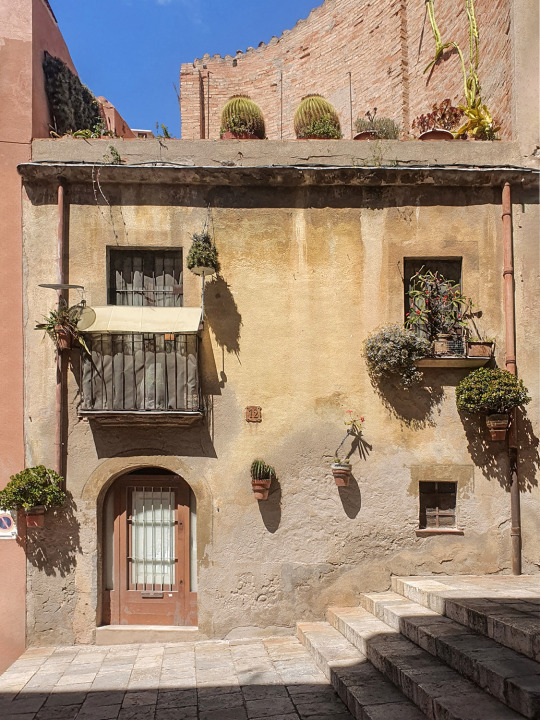
Tarragona, Catalonia (Spain)
#tarragona#spain#catalonia#travel#europe#wanderlust#buildings#places#original photographers#photographers on tumblr#europe travel#travel blog#catalunya#wall#ancient#windows#window
238 notes
·
View notes
Text
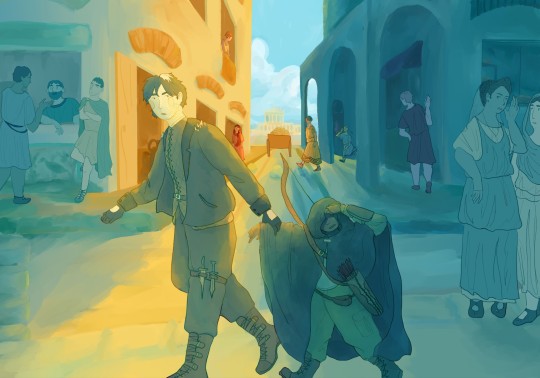
Everytime I listen to the Ancient Rome Sidequest it destroys me emotionally. But who knows, maybe somewhere there's a world where nothing terrible happens and it's just Sasha and Grizzop having fun adventures in ancient Rome.
#like Sasha and Grizzop stab Ceasar or they investigate a conspiracy around any prominent Roman guy#something like that#That's probably just me being nostalgic cause I read a lot of books like that as a kid#But I just want them to be okay and have some fun adventures together#The first episode of the sidequest was so much fun I need a fic where it just continues like that#I'd say I'd write that myself but it would probably become an ancient rome infodump#Anyway if anyone cares the window thing on the left belongs to one of those ancient roman “fast food” places#I saw a bunch of them in Pompeii and I think they're really cool#The painting on the wall below is also inspired by a fast food shop found there#The houses are supposed to be insulae which were apartment houses where most people were living#Those are your ancient rome funfacts for the day I guess#rusty quill gaming#rqg#rqg fanart#sasha rackett#sasha racket#grizzop drik acht amsterdam#fanart#art
92 notes
·
View notes
Text



Ancient Painted Tomb Found in Etruscan Necropolis
Archaeologists have uncovered a remarkable painted tomb at the Monterozzi Etruscan Necropolis, located east of Tarquinia in Lazio, Italy. Though initially discovered in late 2022, the find was only recently announced by the Superintendence of Viterbo, revealing a burial chamber adorned with well-preserved wall frescoes.
A HIDDEN TREASURE REVEALED
The tomb, now officially recorded as Tomb 6438, was discovered during an inspection of previously looted and disturbed burial sites. A collapsed wall unexpectedly led researchers to an intact chamber, prompting immediate efforts to secure and protect the site from further damage.
To prevent additional looting, the excavation was kept confidential until experts could fully assess and safeguard the structure. Inside, archaeologists uncovered striking frescoes illustrating scenes of dance and ancient craftsmanship, which have been dated to the mid-5th century BC.


INTRICATE FRESCOES DEPICTING ETRUSCAN LIFE
The frescoes offer a fascinating glimpse into Etruscan culture. The left wall showcases men and women dancing around a musician playing the flute, while the right wall features a metallurgical workshop, possibly symbolizing the forge of Sethlans—the Etruscan equivalent of the Greek god Hephaestus.
The back wall depicts a woman, possibly the tomb’s occupant, accompanied by two youthful figures. Unfortunately, part of this scene has been lost due to looters breaching the chamber by drilling through the tomb’s seal. This intrusion caused a collapse from an overlying tomb, scattering debris and artifacts into the burial space.



ARCHAEOLOGICAL FINDINGS AND RESTORATION EFFORTS
Although few burial artifacts remain intact, archaeologists recovered fragments of Attic red-figure pottery from the debris.
Superintendent Margherita Eichberg emphasized the tomb's artistic significance, noting that early restoration efforts have already revealed the intricate details of the flute player and one of the dancers. Restorers Adele Cecchini and Mariangela Santella are currently working to preserve these delicate artworks.
Daniele Maras, a leading expert on Etruscan history, highlighted the tomb's importance, stating, "This is the first painted tomb featuring a figurative frieze discovered in Tarquinia in decades. It holds great promise due to its artistic quality, historical value, and unique imagery."
A RARE GLIMPSE INTO ETRUSCAN HERITAGE


This extraordinary discovery sheds new light on Etruscan burial traditions and artistic achievements. The detailed frescoes offer a rare and invaluable look into a civilization that once thrived in ancient Italy, further enriching our understanding of their customs, mythology, and daily life.
As restoration continues, researchers hope to unveil even more insights from this extraordinary tomb, preserving its legacy for future generations.





#Ancient Painted Tomb Found in Etruscan Necropolis#Monterozzi Etruscan Necropolis#Tarquinia in Lazio#wall frescoes#Tomb 6438#ancient tomb#ancient grVE#ancient necropolis#grave goods#ancient artifacts#archeology#archeolgst#history#history news#ancient history#ancient culture#ancient civilizations#etruscan history#ancient art
308 notes
·
View notes
Text
I am very normal about this brick from the Ur city wall where a dog seems to have walked over it before it dried

22nd century BC good boy!
#ancient history#archeology#mesopotamia#cuneiform#btw the inscription says something to the effect of “this wall/temple was built by king Ur-Namma for the god Nanna”#it was stamped on every brick of the wall and the ziggurat#ur#third Dynasty of Ur
101 notes
·
View notes